I understand how to connect a monstable multivibrator to be in the non-retriggerable mode. Just loopback the /Q to the falling edge input or the Q to the rising edge output) as in the following picture (taken from the MC14528B datasheet).
Now I think I understand this can be used as a divide by two counter circuit. If I feed it 1kHz square wave on the A pin, i should get a 500Hz square wave on the Q output pin. This would give the following timing diagram:
I do not understand why the feedback of the /Q output into the falling edge trigger input (B) enables this behavior? Can anybody provide more insight on why this loop back suppresses the action of the rising edge on the A port at 1ms?

